Foraging for berries – where and how to pick them in the wild
Go foraging for berries growing in the wild and enjoy the varied bounty that can be turned into jellies, jams, syrups and pies

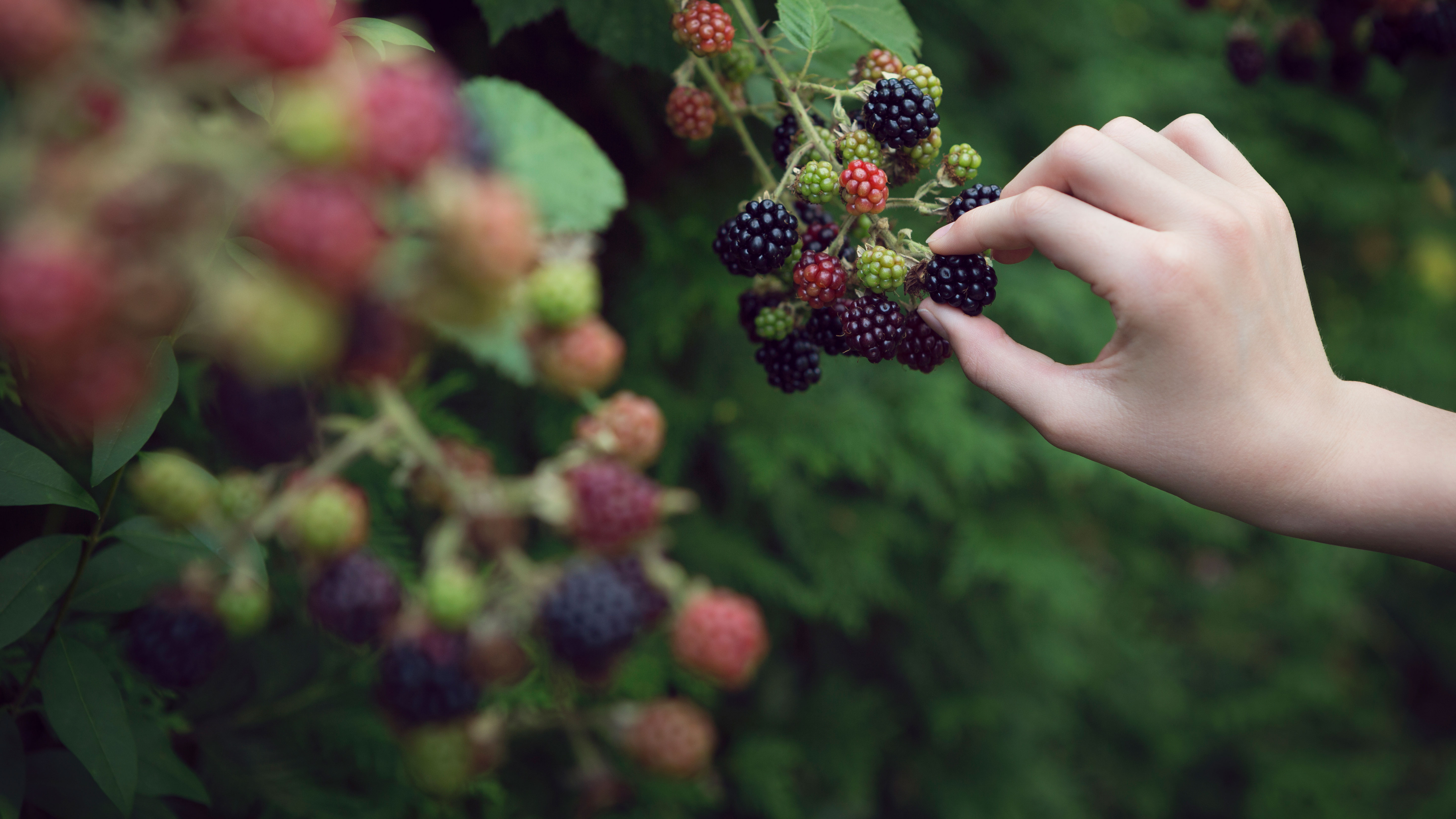
Rambling through forest and field, foraging for berries to make pies and preserves, is a joyous pastime. The flavor of fruits grown naturally in the wild, gently matured by the sun’s rays, is far superior to any that you may buy in a store, so gather your basket, and explore hedgerows and woodlands in search of these juicy jewels.
From summer into fall you can go foraging for berries where supplies are plentiful, enjoying the restorative time spent outdoors, picking only your fair share of nature’s bounty, and stepping gently upon the countryside so as not to damage wildlife habitats.
There is a multitude of berries you might stumble across growing wild and can supplement any fruits you are growing as part of your vegetable garden ideas.
While there are rules to follow when foraging, for your own protection, as well as the respect and protection of wildlife and property, we evolved as hunter gatherers, so there is a simple pleasure in the freedom of this ancient tradition.
Foraging for berries – the rules of foraging
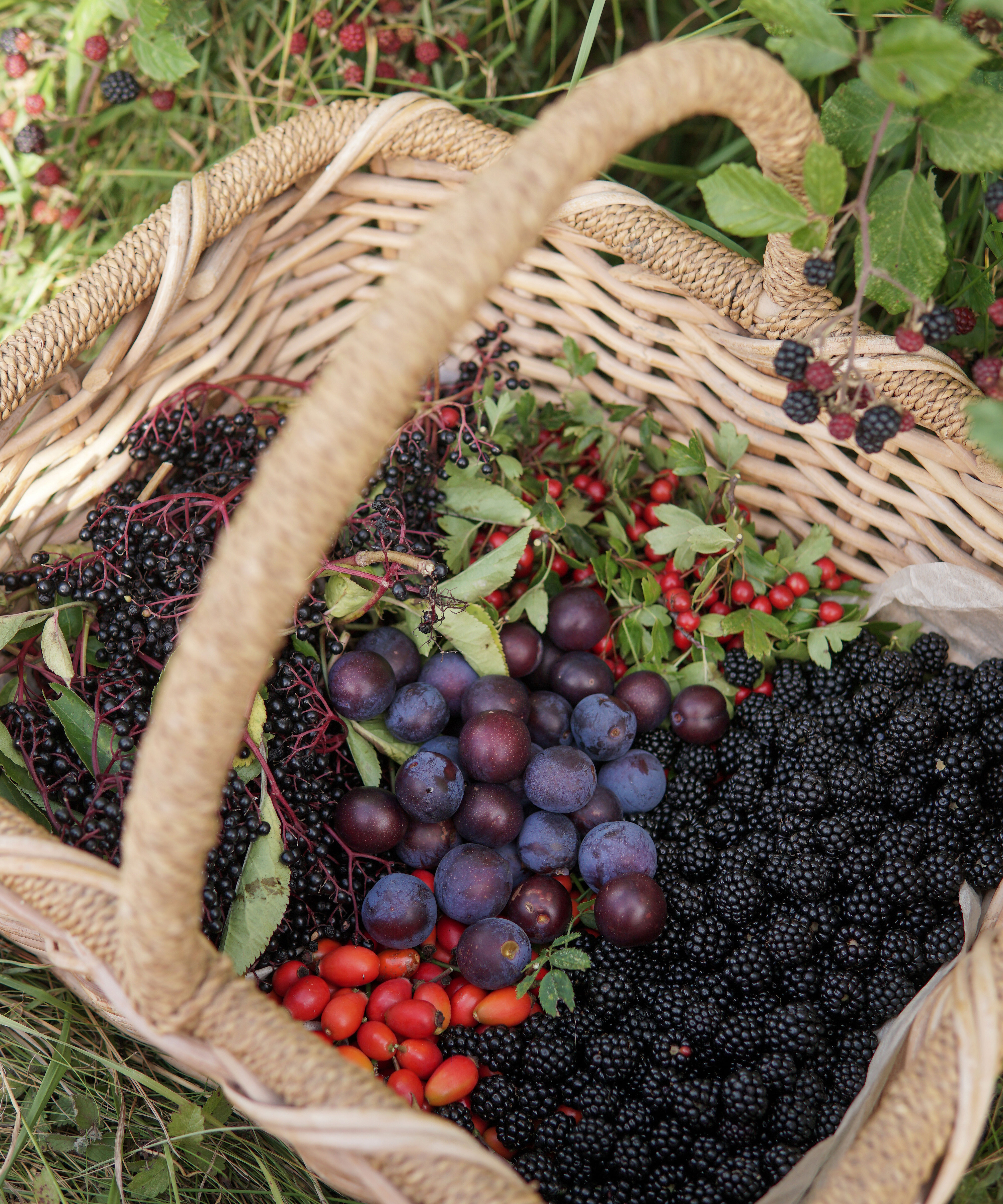
Before you start foraging for berries everywhere, you need to be aware of certain rules that apply to foraging, as well as accepted ways to forage.
Just as you wouldn't want someone picking berries from your own fruit trees, you should never trespass onto private property or protected land while foraging.
State and local governments in the US have their own rules about foraging on state-owned lands, so you always need to check the laws that apply in the area where you live. Many states, such as California, do not allow nearly all foraging on state-owned lands., whereas others states, such as, generally allow it. Many municipalities prohibits foraging in city parks.
Design expertise in your inbox – from inspiring decorating ideas and beautiful celebrity homes to practical gardening advice and shopping round-ups.
In the UK ‘you are allowed to collect for your own consumption the four Fs; fruit, foliage, flowers and fungi, and you are not allowed to dig up roots without the landowners’ permission,’ explains Molly from Totally Wild UK, who run foraging courses.
'Wild growing things are exempt from theft – under the Theft Act 1968 – as long as you are picking for your own consumption and not for commercial gain,' adds Caroline Davey of wild cookery school Fat Hen, who runs a foraging walk, picnic and wild spa experience.
All plants, however, are protected under the Wildlife & Countryside Act 1981, and it is illegal to uproot or remove a plant without permission.
There are some dos an don'ts when it comes to foraging for berries in a responsible and sustainable way:
- Take only what you plan to eat and use when you forage for berries. 'Never pick everything you see, only pick berries you require at the time, so you leave enough for the plant to regenerate and for others and wildlife to enjoy,' says Molly. You can also grow plants that provide food for wildlife as part of your wildlife garden ideas.
- Keep to paths where possible and be careful not to trample over or damage areas where you are foraging for berries, advise the experts at the Woodland Trust
- It is harmful to plants to uproot them so so pick leaves or berries with care to avoid damaging plant roots.
- Only collect berries where there is an abundant supply.

What berries can I forage?
There are many potential varieties you can find when foraging for berries. Blackberries, raspberries, rowan berries, gooseberries, strawberries, bilberries, sea buckthorn berries and elderberries are just some of those you might discover on your treks into the country.
If you have not yet tried growing blueberries, or have had no success with your own harvest, you can discover these growing in the wild.
If you forage for strawberries, learn how to store strawberries to keep them fresher for longer.
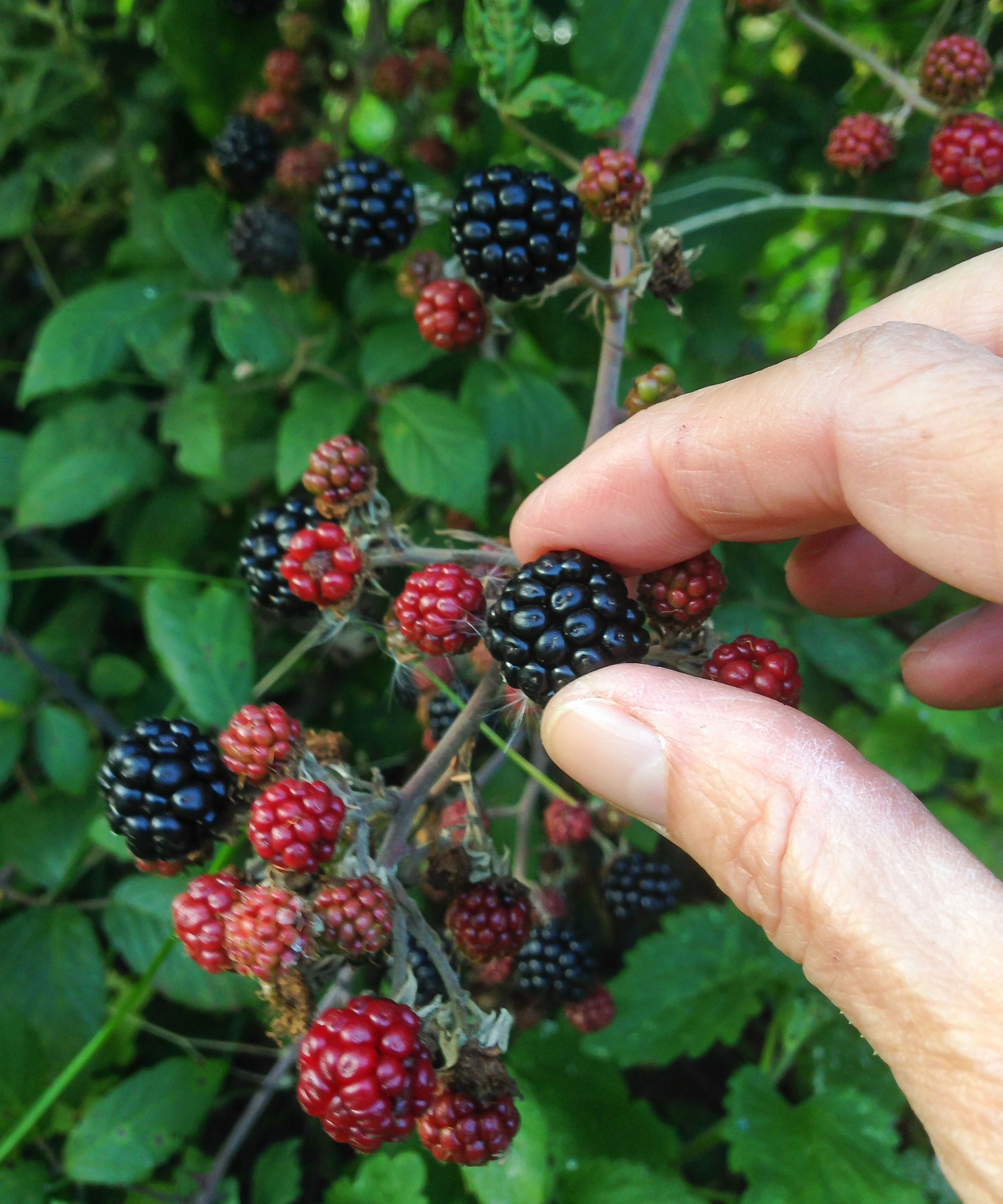
Where can you find wild berries?
You can find wild berries in many places. Hedgerows are the perfect place for berries, along with forests, urban green patches, sunny borders of fields, heathlands and coastal areas.
‘Blackberries and elderberries are especially abundant in urban areas,’ says Molly.
Do, however, 'have some awareness of the landscape and the picking site and what the problems may be in terms of pollution and biological risks,' adds Caroline Davey of Fat Hen. You do not want to go foraging for berries in areas where there is a lot of pollution affecting the fruits, or pick from low bushes where people may have walked their dogs.
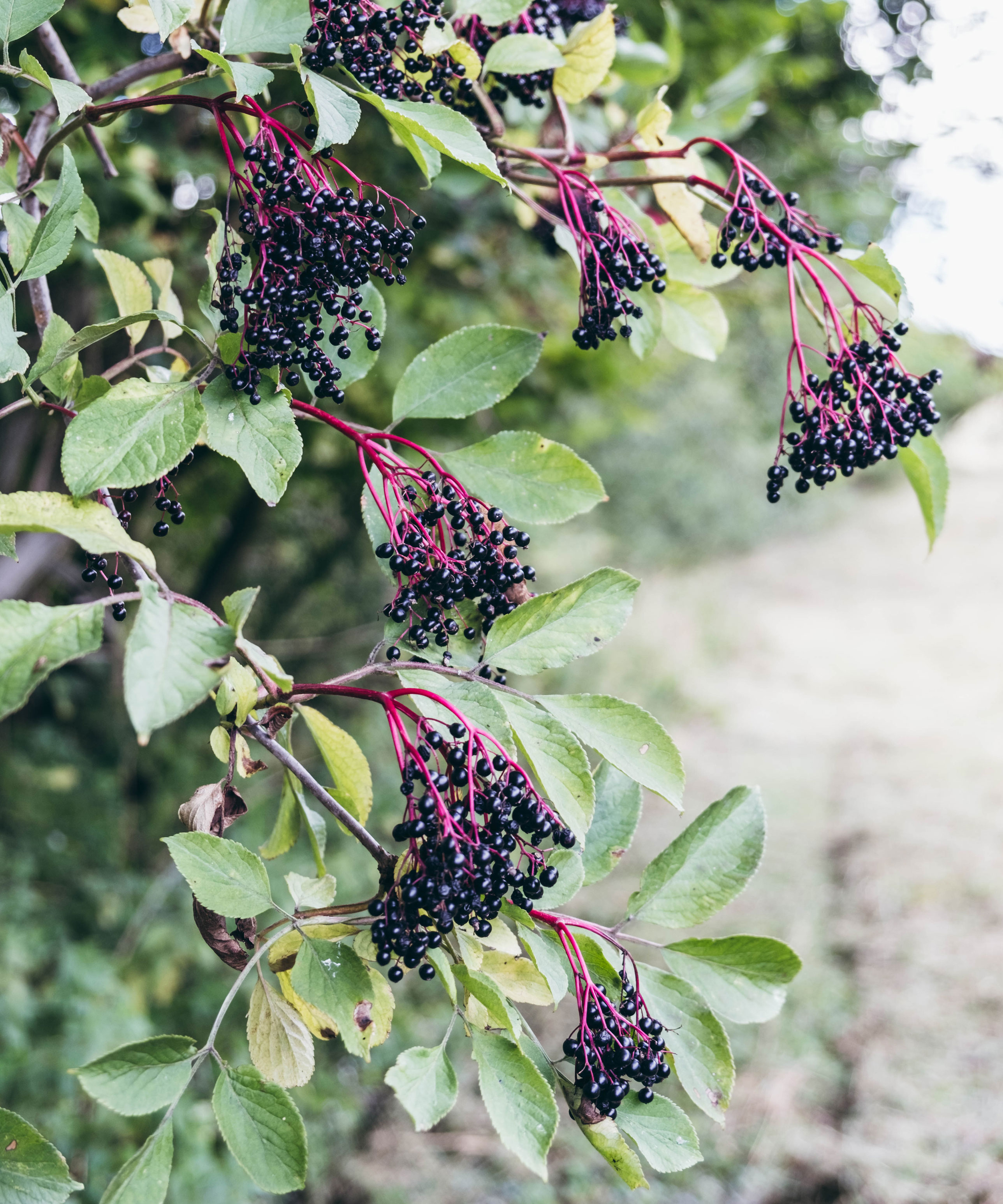
How do you tell if a berry is poisonous?
‘You need to do your research to know which berries are poisonous,' cautions Caroline Davey.
‘Only if you are 100 percent certain about the identification of any berry should you eat it. Don't risk trying anything if you are not certain what it is. Read many books and learn to identify the plant or tree that the berry is growing from,’ adds Molly.
There are also many courses you can go on that guide on how to identify foraged foods.
There are some berries that, while safe to consume under certain conditions, have toxic elements. 'For instance, yew berries can be eaten but their seeds are toxic so must be removed before you eat the berry; elderberries need to be cooked prior to eating as they are also toxic when raw,’ explains Caroline.
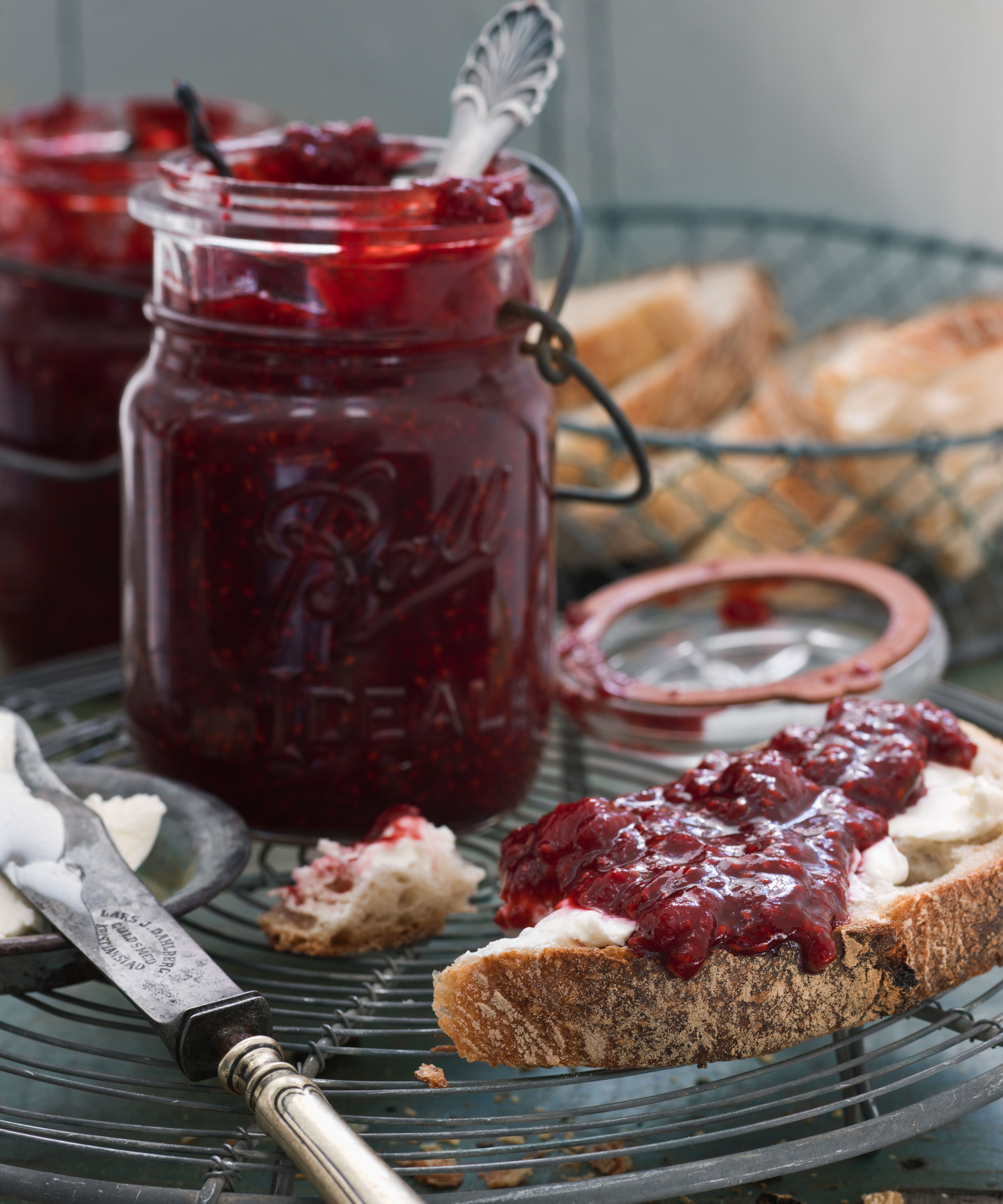
What is the best time to forage for wild berries?
The best time to forage for berries will differ depending on the region where you live, your USDA hardiness zone, and also the variety of berry you are foraging for. Strawberries can be found growing wild from June, whereas you will need to wait until August or September to find most blackberries and elderberries.
'Different plants flower and fruit at various times throughout the year,' explains Molly, but you can find berries ripe for picking in most months from June through to early winter.
Follow this guide to foraging for berries and you can return home with a basket full of your handpicked bounty.
Rachel is senior content editor, and writes gardening content for homesandgardens.com, Homes & Gardens magazine, and its sister titles Period Living Magazine and Country Homes & Interiors. She has written for lifestyle magazines for many years, with a particular focus on gardening, historic houses and arts and crafts, but started out her journalism career in BBC radio, where she enjoyed reporting on and writing programme scripts for all manner of stories. Rachel then moved into regional lifestyle magazines, where the topics she wrote about, and people she interviewed, were as varied and eclectic as they were on radio. Always harboring a passion for homes and gardens, she jumped at the opportunity to work on The English Home and The English Garden magazines for a number of years, before joining the Period Living team.
